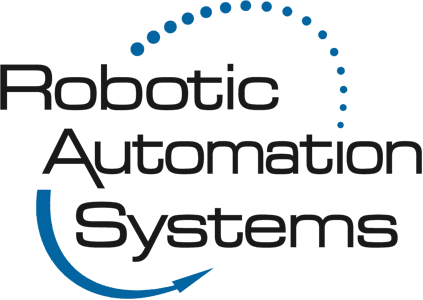What Are 6-Axis Robots?
Industrial Robots
The most common type of industrial robots are articulated robots. They have an articulated arm that resembles a human arm, and they have joints similar to an elbow, shoulder, or wrist, but they can have up to 10 joints.
These robots have various numbers of axis configurations. Most articulated robots in use today have six axes of movement, also called six degrees of freedom. These robots allow for greater flexibility and perform a wider variety of functions than robots with fewer axes.
What is a Six Axis Robot?
As the name suggests, a six-axis robot has 6 axes. Each axis is a joint that allows the robot to move in a different way:
- Axis 1-this axis, located at the robot base, allows the robot to rotate from left to right and allows the robot to spin up to a full 180ۜ°.
- Axis 2-this axis allows the lower arm of the robot to extend forward and back. It’s the axis powering the movement of the entire lower arm.
- Axis 3-this one extends the robot’s vertical reach. It allows the upper arm to raise and lower, and in some cases to reach behind the body of the robot.
- Axis 4-this axis aids in the positioning of the end effector. It works much like a human wrist, rotating the upper arm in a circular motion, moving parts between horizontal to vertical orientation.
- Axis 5-this axis works in conjunction with axis 4 to allow the wrist of the robot arm to tilt up or down.
- Axis 6-This is the wrist of the robot arm, responsible for a twisting motion, allowing it to rotate freely in a circular motion.
Applications for Six-Axis Robots
- Part picking and handling-while most robots can handle simple part picking, a six-axis robot can perform more complicated tasks that require a higher level of dexterity.
- Painting-these robots can handle complex spray painting operations that require precision movement.
- Material removal-this process requires a level of strength combined with precision that other robots don’t possess.
- Welding-most of us has seen videos of six-axis robots welding car body part together. This is an application that a six-axis robot is well suited for.
Final Words
There’s a good reason why six-axis robots are so popular. They come the closest to mimicking the operation of human arms and as such are the best choice for complex operations requiring a high level of dexterity.
Robotic Automation Systems has been a leader and innovator in integrating automation and robotics for the plastics industry since 1993. Robotic Automation Systems solutions are custom engineered, built and fully integrated into your application and process – from complete turnkey automation systems to specific robotic automation application needs and tooling. We proudly represent a broad range of high-quality automation robots from several top-of-the-line manufacturers.
If you would like to see how we can help you with your automation or robotic needs, visit our website, or contact us at 800-997-0989 or 608-602-5144.
